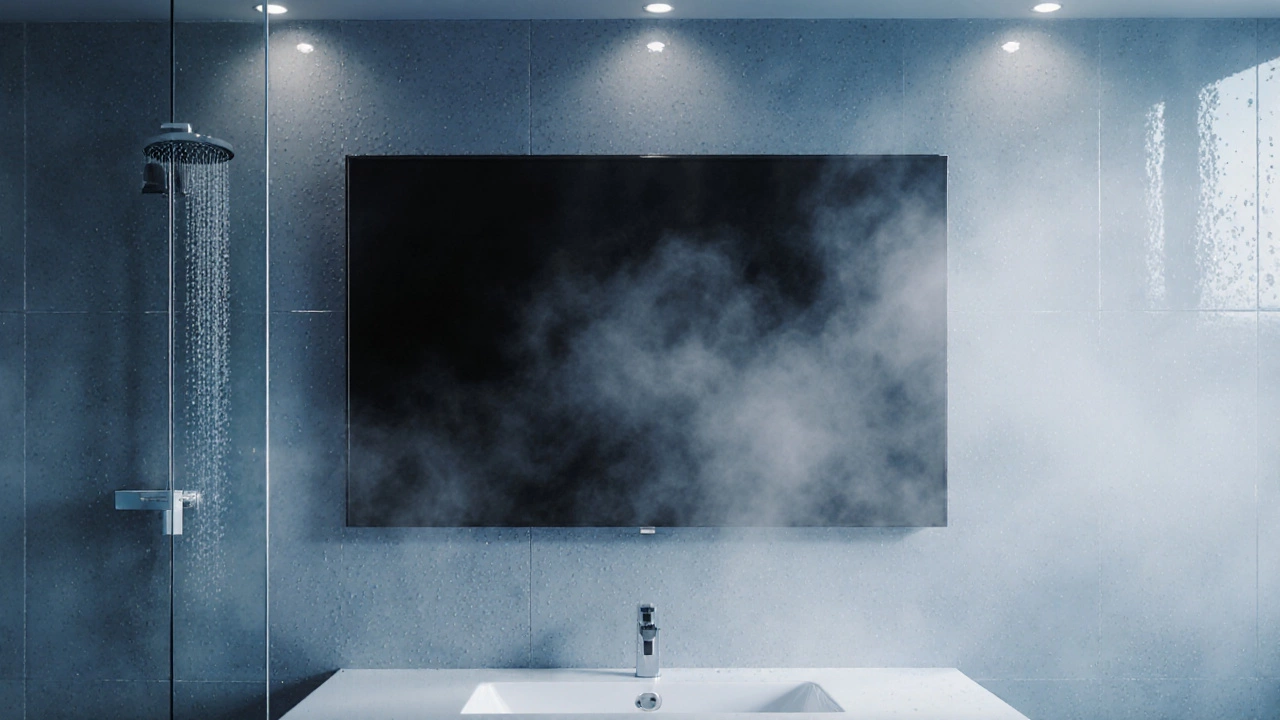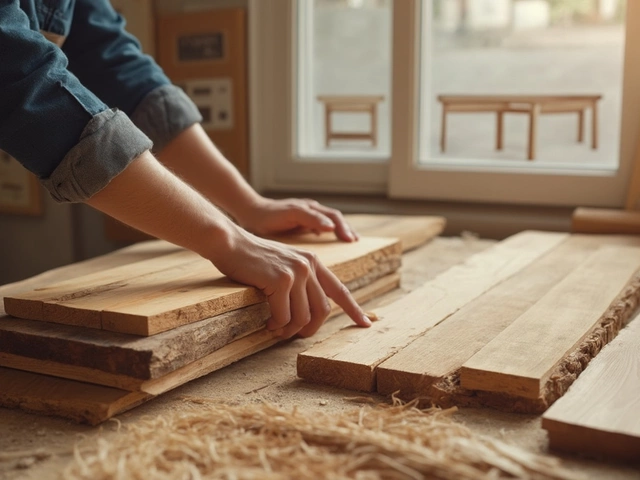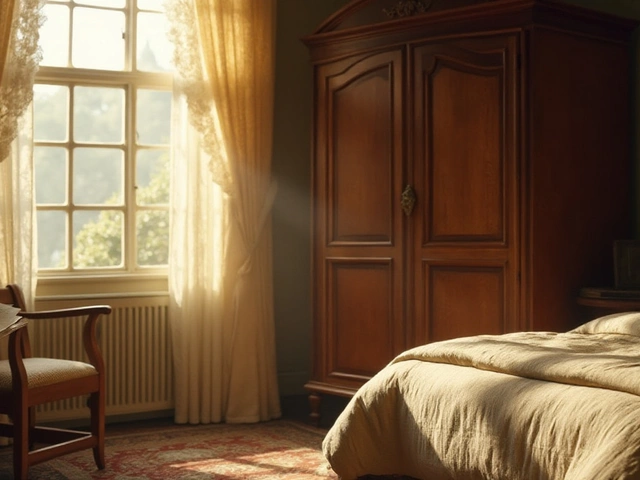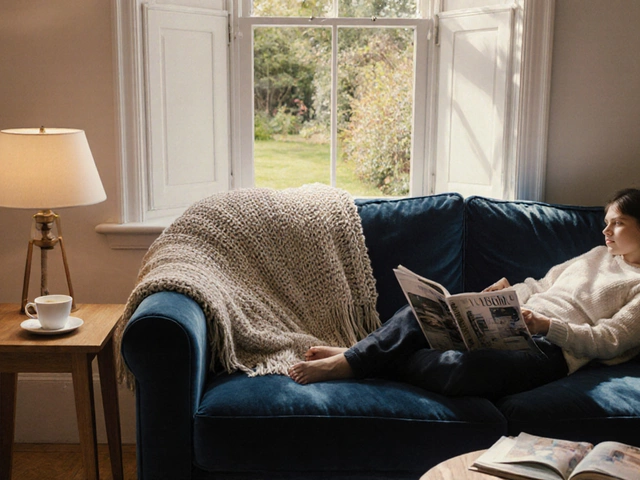TV Placement Safety Checker
Select a room location and click "Check Placement Safety" to see safety assessment and recommendations.
Common Placement Mistakes
Bathroom
High humidity causes moisture damage
Kitchen
Heat and grease cause overheating
Hallway/Garage
Dust and traffic cause damage
Large Window
Sunlight creates glare
Above Fireplace
Heat causes panel warping
Walk-in Closet
Too close for good viewing
Finding the perfect spot for your Television a flat‑screen that brings movies, games and news into your daily life is more than a design question - it’s a comfort and safety issue. Too many people end up with glare, heat damage or awkward viewing angles simply because they ignored the hidden hazards of certain rooms. Below, we break down the most common places to avoid and why they’re a bad idea.
Key Takeaways
- Avoid mounting a TV near windows, fireplaces, or any strong light source to prevent glare.
- Never place a TV in high‑humidity areas like bathrooms or kitchens where moisture can damage internal components.
- Steer clear of cramped hallways or open garages that expose the screen to dust, temperature swings, and accidental bumps.
- Keep the screen at eye level and at a comfortable viewing distance; low or high placements strain the neck.
- Use sturdy mounting hardware and consider a TV stand that matches the room’s layout for stability.
Why Some Rooms Just Don’t Work
Understanding the why helps you make a smarter decision. Below are the top three environments that regularly cause problems.
1. Bathrooms - The Moisture Mine
Bathrooms are built for steam, not electronics. Bathroom humidity can climb above 80% during a shower, which seeps into the TV’s internal circuitry, short‑circuiting components and shortening lifespan. Even if you install a waterproof TV, the surrounding fixtures (mirrors, tiled walls) create reflective glare that makes viewing impossible.
2. Kitchens - Heat and Grease Hotspots
Cooking emits heat, grease fumes, and occasional splatters. A Kitchen TV is exposed to temperature spikes that stress the screen’s liquid‑crystal or OLED layers. Moreover, open‑concept kitchens often have large windows that invite direct sunlight, leading to the dreaded wash‑out effect.
3. Hallways & Garages - Traffic and Dust Zones
Both Hallway and Garage are high‑traffic pathways. A TV in these spaces is prone to bumps, accidental knocks, and accumulation of dust or oil particles, which can impair picture quality and cause overheating.
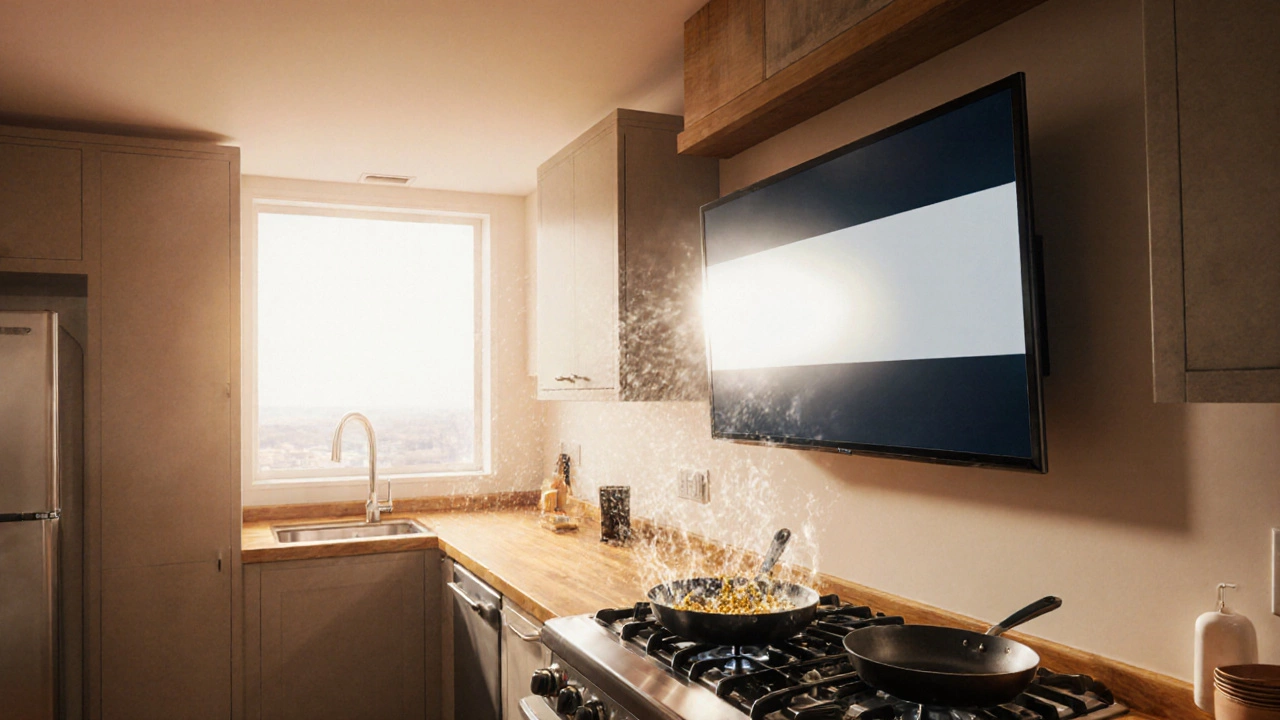
Other Surprising No‑Go Zones
Beyond the big three, a few other spots often get overlooked.
- Directly opposite a large window - Sunlight creates harsh glare and can damage the screen over time.
- Above a fireplace - Although it looks chic, the fluctuating heat can warp the panel and affect color accuracy.
- Inside a walk‑in closet - Small spaces force you to sit too close, which strains the eyes and limits the TV’s built‑in sound.
- Near a large reflective surface such as a mirrored wall or glass door - Reflections bounce back, making the picture look washed out. li>On a low coffee table - Viewers are forced to look down, leading to neck pain after extended viewing.
Comparison: Bad Locations vs Typical Issues
| Location | Primary Issue | Resulting Problem |
|---|---|---|
| Bathroom | High humidity | Moisture damage, shortened lifespan |
| Kitchen | Heat & grease | Overheating, image distortion |
| Hallway / Garage | Dust & traffic | Scratches, accidental impact |
| Opposite large window | Direct sunlight | Glare, color fading |
| Above fireplace | Heat fluctuations | Panel warping, uneven brightness |
How to Evaluate a Potential Spot
- Check the natural light path. Stand where you’ll watch and note any direct sun at different times of day.
- Measure the distance to the nearest heat source - oven, stove, fireplace, radiator. Keep at least a 3‑foot buffer.
- Assess humidity. If the room sees regular steam or moisture, run a hygrometer; stay under 60%.
- Test the viewing angle. Sit on your couch or chair and look straight ahead; the screen should sit at or just below eye level.
- Consider foot traffic. High‑traffic zones need a sturdy wall mount rather than a freestanding stand.
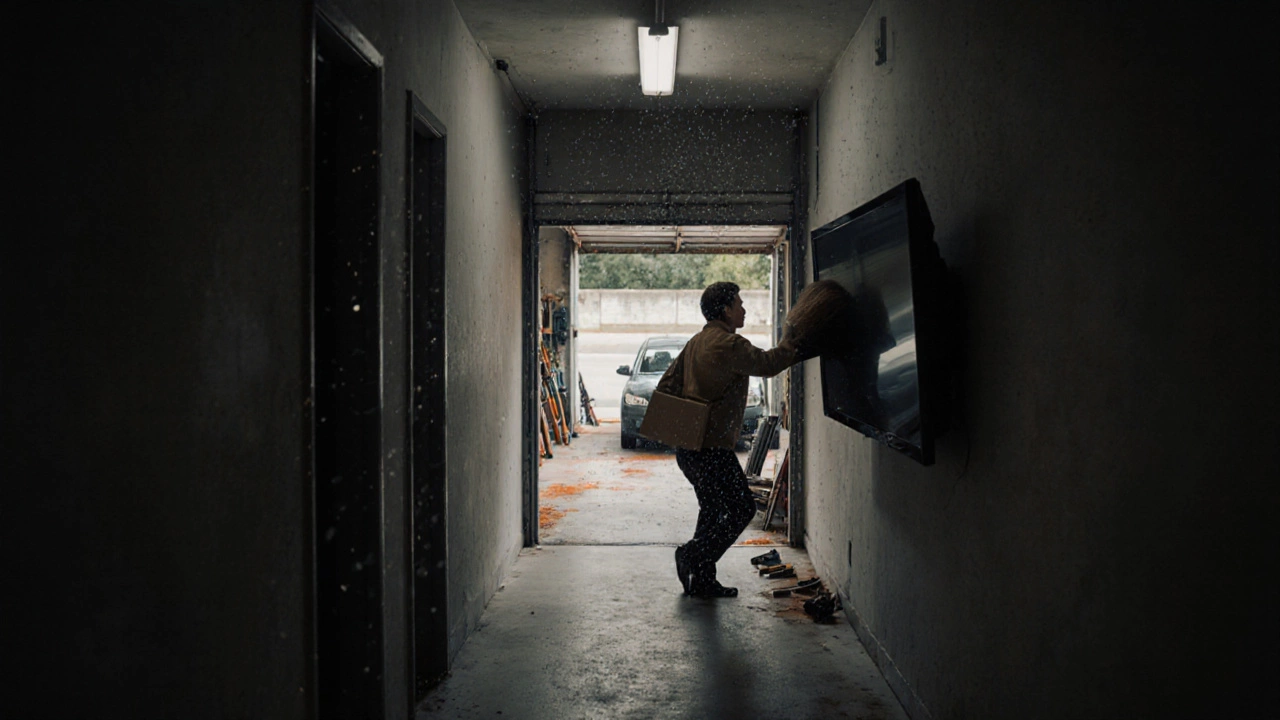
Best Practices for Safe TV Placement
Now that you know where not to put a TV, here’s a quick cheat‑sheet for the right spots.
- Living room front wall - Usually the best balance of viewing distance, lighting control, and wall space.
- Dedicated media room - Low ambient light, controlled acoustics, and no heat sources.
- Bedroom - Place the screen on a sturdy stand at eye level; avoid placing it above the bed where neck strain can occur.
- Home office - A smaller TV can double as a monitor; ensure the monitor arm can swivel away from windows.
When you decide on a wall, use a Mounting bracket rated for the TV’s weight, and follow the manufacturer’s stud‑finding guidelines. If you can’t find studs, a professional installer will add a plywood backing to distribute weight safely.
Quick Checklist Before You Install
- Is the wall even and free of moisture?
- Are there no windows directly behind the screen?
- Is the TV at least 3feet away from any heat source?
- Does the viewing height keep your eyes level when seated?
- Is the mount rated for at least the TV’s weight plus 20% safety margin?
Frequently Asked Questions
Can I put a TV in a sunny bedroom?
A sunny bedroom is tricky because the sun will create glare during the day. If you still want the TV there, install blackout curtains or an anti‑glare screen filter. Keep the TV at least a few feet away from the window to reduce heat exposure.
Is it safe to mount a TV above a fireplace?
Most manufacturers advise against it. The rising heat can damage the panel and cause color shift. If you insist, use a heat‑shielding mantel and maintain at least a 12‑inch clearance from the flames.
Do I need a special mount for a TV in the kitchen?
Yes. Choose a mount rated for kitchen environments - stainless steel or powder‑coated to resist grease. Make sure the mount can swivel to avoid direct line‑of‑sight from the stove.
Will humidity affect my TV’s sound quality?
High humidity can affect speaker cones and internal wiring, leading to muffled or distorted audio. Keep the TV in a climate‑controlled room and consider external soundbars that sit away from moisture.
What’s the ideal viewing distance for a 55‑inch TV?
A good rule is 1.5 to 2.5 times the screen diagonal. For a 55‑inch set, that’s roughly 7‑11 feet. This range balances immersion with pixel clarity.
By steering clear of the spots listed above and following the checklist, you’ll protect your investment and enjoy a crisp, glare‑free picture for years. Remember, TV placement isn’t just about looks - it’s about longevity, comfort, and safety.
